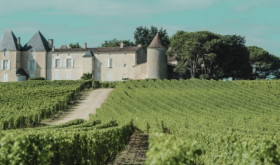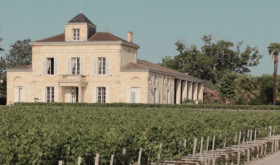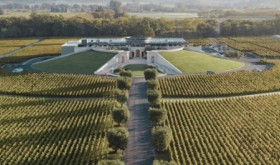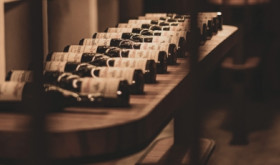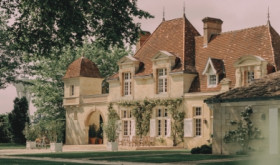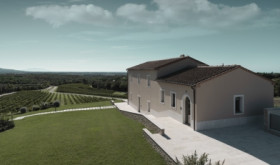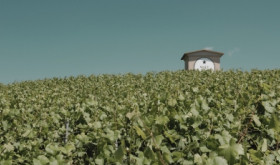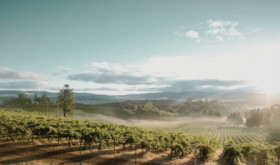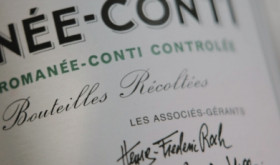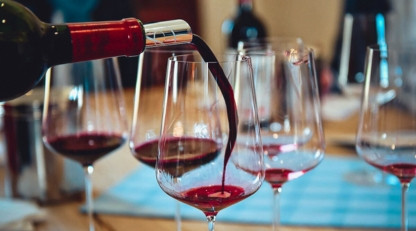
- Back vintages can often offer better investment prospects than new releases.
- Looking at Bordeaux 2022 so far, the wines have been offered at a 16% premium on last year on average; some as high as 40%.
- Prices for physical Bordeaux have declined since the start of the campaign, making older vintages even more affordable.
With the annual En Primeur campaign in full swing, many consider the investment opportunities in Bordeaux futures. What has become clearer in recent years, however, is that back vintages can often offer better prospects than the new releases.
For many châteaux, En Primeur is no longer the cheapest time to buy a bottle, with older vintages available in the market for less. This goes against the original premise of buying futures, which was an opportunity to acquire the wines at the lowest price possible.
Price and score inflation
Although Bordeaux has experienced improvements in quality, a trend evident in critic scores inflation, the price increases have been even more noticeable.
Looking at Bordeaux 2022 so far, the wines have been offered at a 15.6% premium on last year on average; some as high as 40%. For instance, Château Rauzan Segla was released with a 40.3% increase and Château Beau-Séjour Bécot – up 37.2%.
Château Climens, which did not produce wine in 2017, 2018 and 2021 due to weather challenges, launched its 2022 with a 139.4% increase on the 2016. As a result, back vintages like 2007, 2010 and 2011 enjoyed heightened demand, which in turn pushed prices. Château Climens has become one of the best-performing Bordeaux brands so far this year, according to Wine Track, rising 39%.
Prices for physical Bordeaux decline
Not all releases have enhanced a brand’s value. Since the start of the campaign, prices for physically available Bordeaux wines have declined 1.3% on average, according to the Liv-ex Bordeaux 500 index.
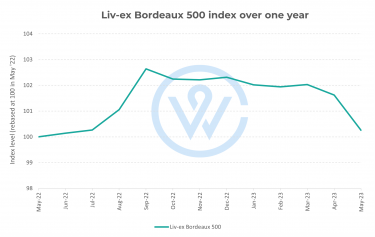
This is making back vintages look especially good value, in the context of rising En Primeur prices.
Take for instance one of the most recent releases, Château Lynch-Bages 2022, which was offered at £1,280 per 12×75, up 20.8% on last year. The 2022 surpasses the price of any vintage younger than 2010. The 2019 and 2016 look particularly good value, with higher critic scores and lower prices.
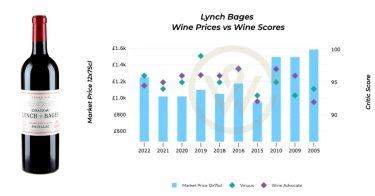
Buyers will find opportunities in old vintage Bordeaux, such as 1995 and 1996, as well as the most recent years – 2021, 2020, 2019 and 2018. The recent trilogy of greats (2018-2020) offers plenty of options, with comparable quality to the new releases and lower prices.
For instance, the average Neal Martin score for the 2022 vintage is 94.8; in comparison, his 2019 is 95.2 and 2020 – 95.1.
The campaign’s successes
As discussed in a recent article, there have been some successful En Primeur releases such as Cheval Blanc, Beychevelle, and most recently, Les Carmes Haut-Brion. These wines were offered higher than last year but still represented an attractive point of entry into the brand, and immediately enjoyed demand.
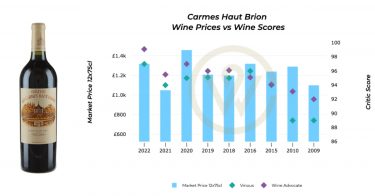
Les Carmes Haut-Brion has become a collector’s favourite as quality has improved. Until 2010, 93-points was the highest score the wine had received. The newest release achieved 98-100 points from Antonio Galloni (Vinous) and 99-100 from Yohan Castaing (Wine Advocate). Neal Martin also credited it ‘as the best Carmes the new owners have overseen’. Its average score was higher than the more expensive Ausone, Haut-Brion, Lafite Rothschild, Margaux, Mission Haut-Brion and Le Pin.
At a quarter of the price of a First Growth, and half the price of wines like Léoville-Las Cases and Palmer, the wine has demonstrated considerable potential for continued appreciation. This has been reflected in the performance of its index, which has risen 41% over the last five years, making it one of the best-performing Bordeaux properties.
The successful 2022 releases have taken into consideration existing demand for the brand, vintage quality and, most importantly, offered value compared to back vintages.
WineCap’s independent market analysis showcases the value of portfolio diversification and the stability offered by investing in wine. Speak to one of our wine investment experts and start building your portfolio. Schedule your free consultation today.
